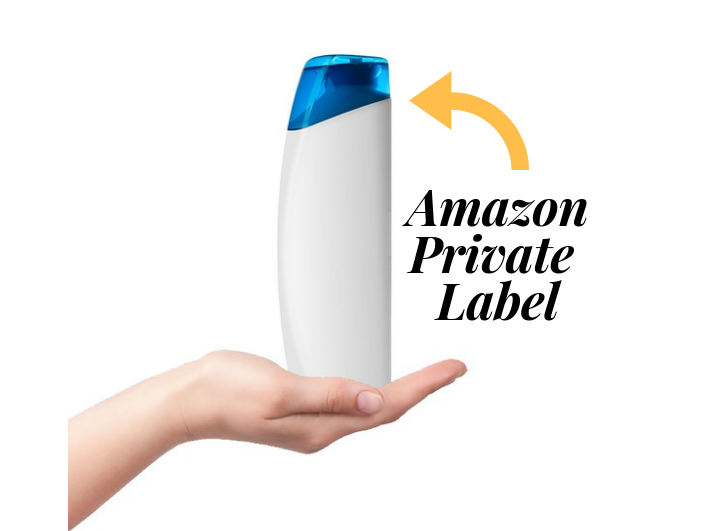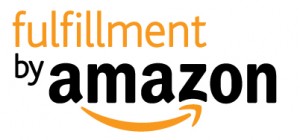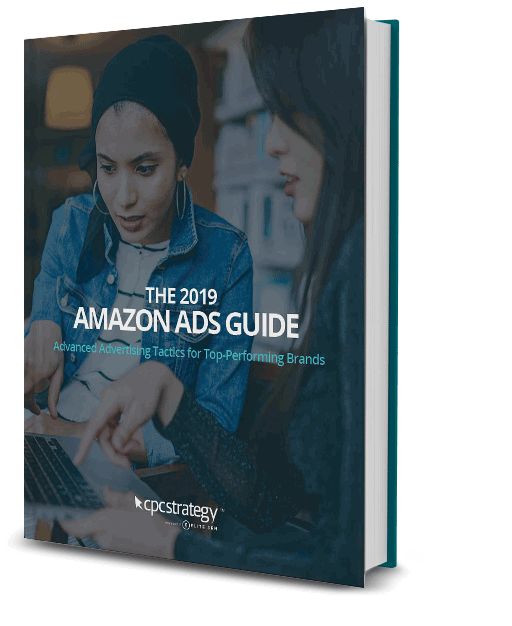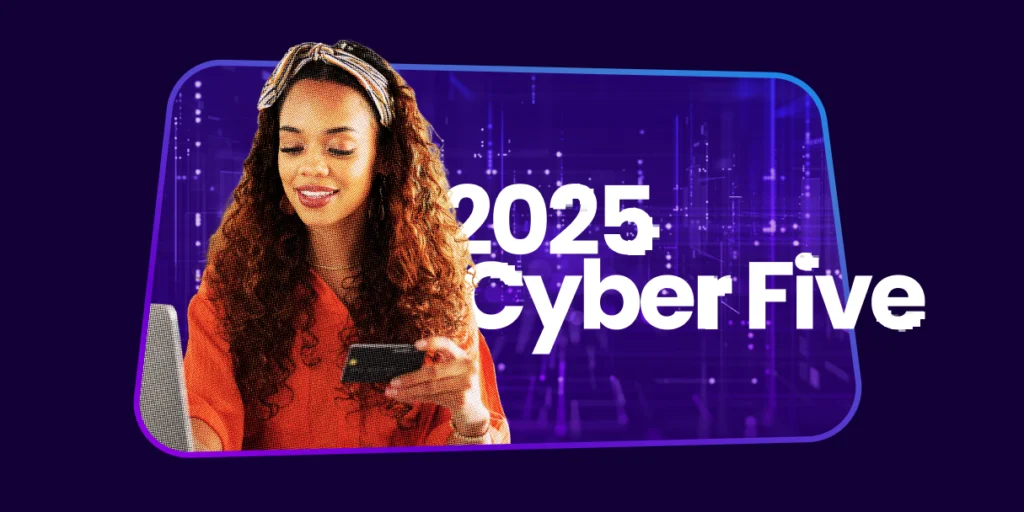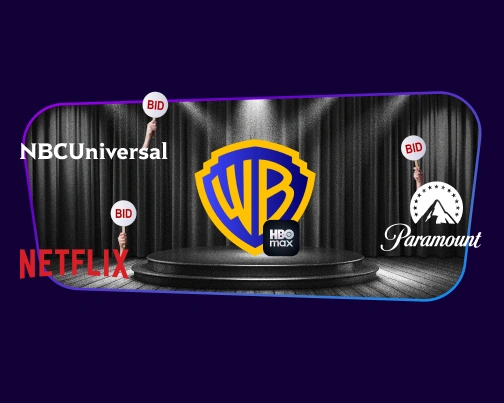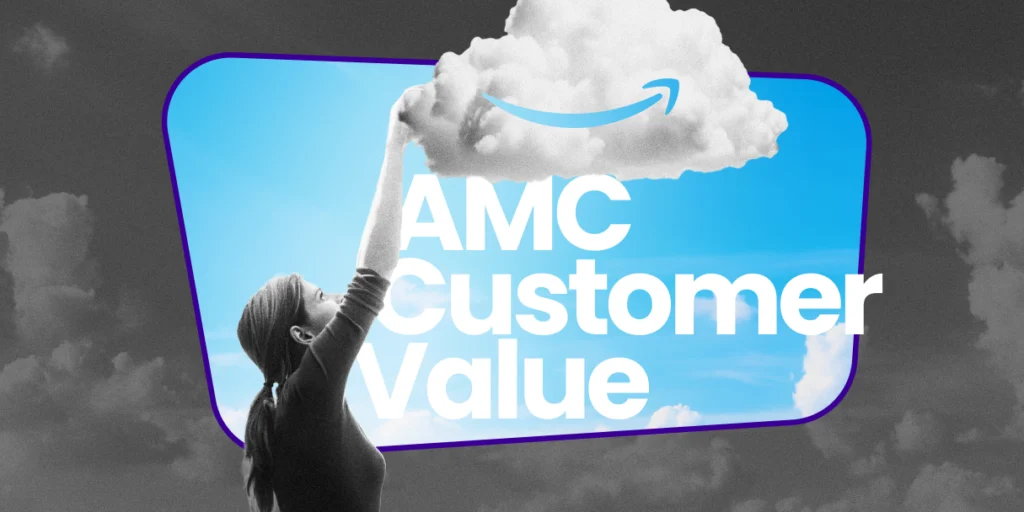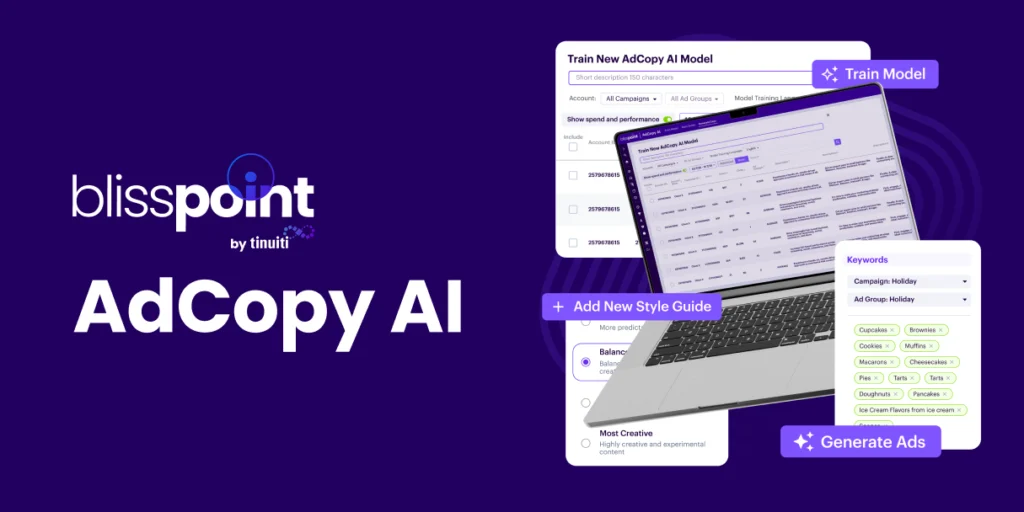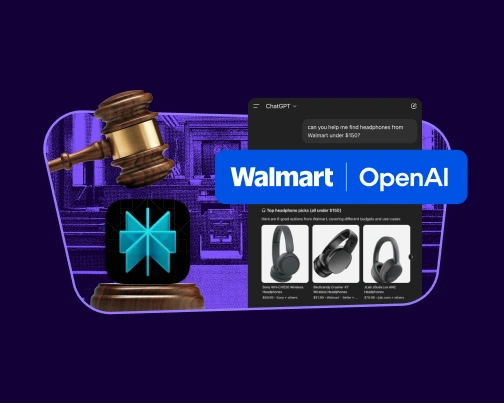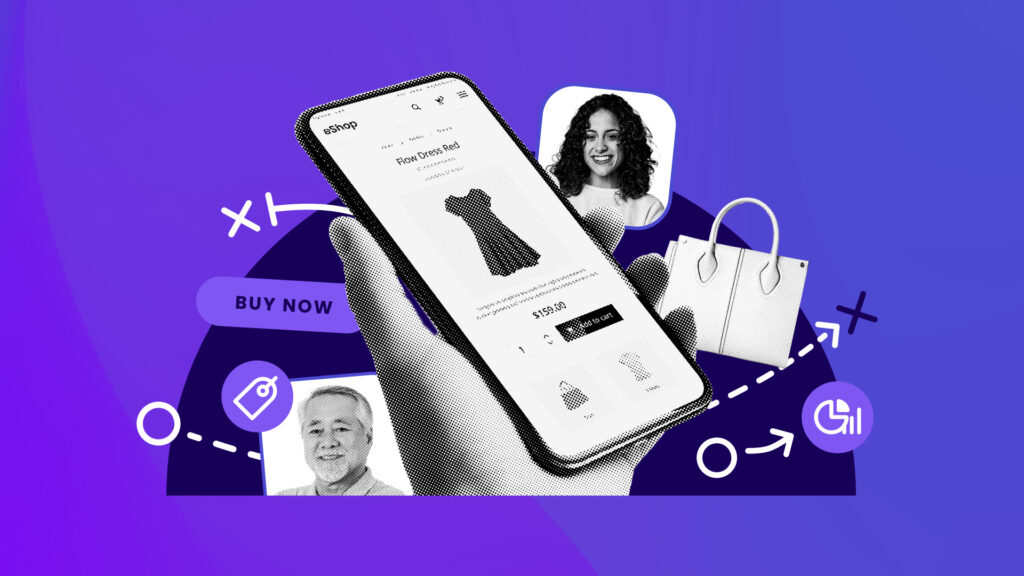There are three ways to sell on Amazon.
Obviously, you can sell products that you’ve manufactured and built yourself, and you can also sell other brands products (as long as you’re authorized to do so), in what is, essentially, a form of online resale. This is sometimes called “retail arbitrage.”
Finally, you can sell what is referred to as private label — items made by other manufacturers but sold under your own brand name.
This third option is one of the most lucrative and popular ways Amazon retailers do business — but it’s not the easiest way to make money by any means.
On top of sourcing your white label products (and just choosing the right types of products in the first place), there’s branding, marketing, promotion and fulfillment that needs to be worked out.
Are you considering selling private label products on Amazon? This guide can help.
How To Sell White Label Products on Amazon
Step 1: Determine your products and market.
Obviously, you don’t want to sell a product that has countless competitors, nor do you want to sell something that’s not in demand or popular. So, your first step is to study your market and determine what products would be best for you to white label.
Whether searching for your first ever product, or looking to add new products to your business, according to Amazon product research providers, JungleScout – this is the stage where a majority of seller get stuck or waste money on products that will never fly.
Criteria that you should always keep in mind when choosing a new winning product include price, shipping, sourceable, seasonality, demand, & competition.
When scoping our new product ideas, the Amazon Best Sellers list is a great place to start. There will be lots of inspiration, but also high competition. From there you can drill down into Amazon sub-categories.
Don’t don’t stop there – you can find product and niche ideas in lots of places such as:
- Reddit – Delve into “subreddits” (topic forums) for weird and wonderful ideas
- eBay – And other marketplaces too, check them out for ideas
- Alibaba – Start your search right where the manufacturers and suppliers are
- Alltop – Find hot niches using this handy blog aggregator
- Flippa – Get some ideas from thousands of niche websites that are up for sale
- The Jungle Scout list of over 1000 niches
- Keyword tools – such as Google’s KW planner, or LSI Graph, which can help you drill down into a niche with related search terms and more ideas
Step 2: Find the right suppliers and manufacturers.
There are lots of places you can look for possible private label products. Discount online marketplaces like Alibaba and IndiaMart are both good options that offer access to millions of manufacturers across the world. You can even filter by minimum order requirements, materials, price and more to get an accurate feel for costs and potential mark-up.
You can also just use Google. If you know what type of products you’re aiming for, just type in something like “closet organizer private label suppliers” into the search bar. You should see a full range of private label options for the products you’re considering.
Finally, you can also look to wholesale markets, like Americas Mart in Atlanta, Dallas Market Center in Dallas or NY NOW in New York City. These offer a wide array of white label products in all categories and price ranges.
Step 3: Pick and design your products.
Once you’ve found a few potential suppliers, request quotes and samples. Make sure the products are up to your standards and compare the price quotes. Be careful to factor in shipping costs, as well as any import duties and other fees you might incur.
When you’ve determined which products are right for your goals, you’ll need to design them, brand them and package them. Depending on the product, this might mean sticking on a simple label or it could mean full-scale package design, with instruction booklets, ingredients lists and more included.
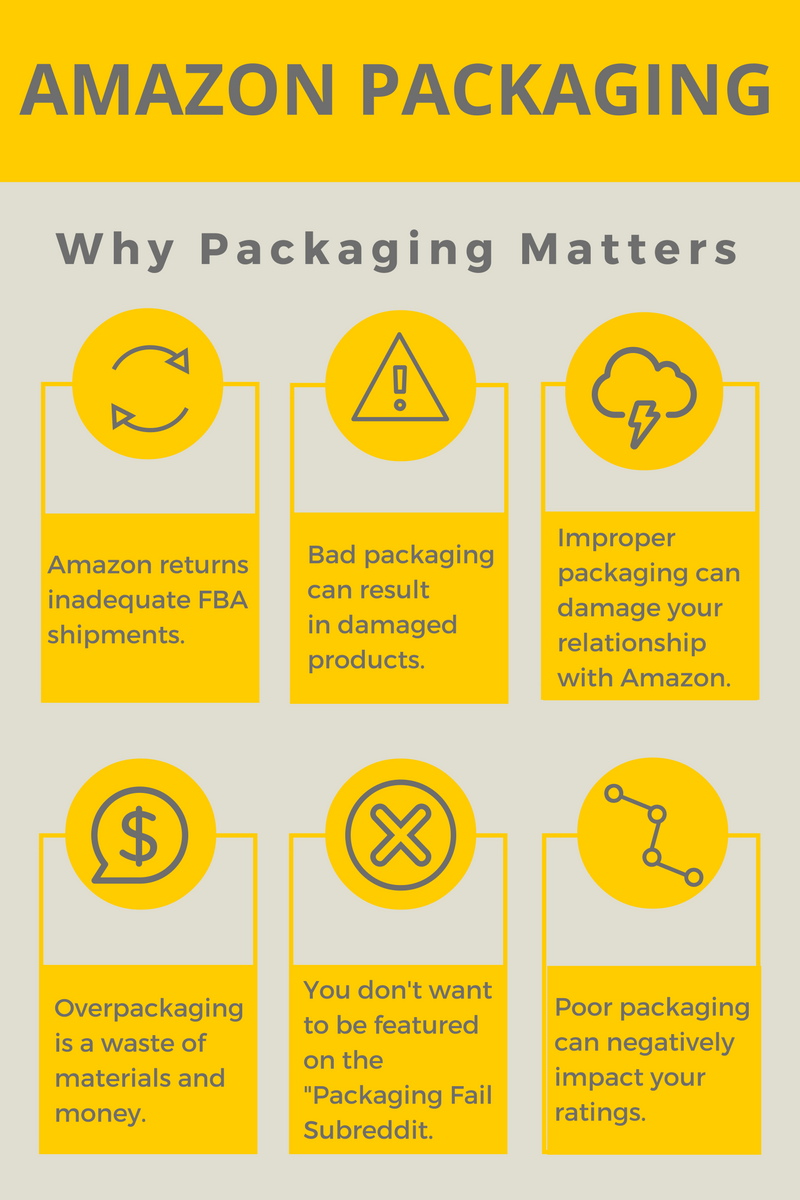
Keep in mind your branding will also play in a role in your marketing and sales efforts, so bring in a pro if you’re not up on your design or graphics skills. The investment will more than pay off in the long run.
Step 4: Figure out fulfillment.
Will you fulfill your orders in-house or use Amazon’s FBA program? You can also use outsourced fulfillment centers or see if your private label supplier offers drop-shipping. Just make sure you consider the costs of everything — shipping, picking, packing, warehousing, and all logistics — before deciding on which route to take.
Remember, your shipping and fulfillment process will directly impact your ratings as an Amazon seller. Be extra sure your supply chain is in efficient working order before going live with your private label products.
“FBA will likely make more sense logistically. You don’t have to deal with customer service issues if there are any problems with shipping time or damaged packaging.”
– David Cooley, Manager of Marketplace Channels at CPC Strategy
Step 5: Start selling (and advertising).
Add your products to Amazon and consider setting up your own branded website on which to sell as well. Use social media and paid Amazon ads to get the word out about your products, and make sure you focus on providing stellar customer service from Day 1.
Make sure you have a dedicated customer service rep answer questions, respond to concerns and help with returns. These can all impact your ratings — and future sales — as an Amazon retailer.
When it comes to the evolution of Amazon’s Marketplace, Pat Petriello, Head of Marketplace Strategy at CPC Strategy says it best:
Between content, inventory, search advertising, display advertising, video, keyword research, catalog management, pricing, competitive analysis, reporting, and a litany of other considerations, brands on the Marketplace can easily get overwhelmed.
What is certain, though, is that paid advertising continues to grow in prevalence, importance, and complexity for brands on Amazon. One only has to look at the evolution of Amazon’s search results pages to see how paid placements have assumed the dominant positions in front of shoppers.
The absence of or failure to leverage technology and execute a comprehensive advertising strategy on Amazon significantly limits the ability of brands to reach customers.
As competition increases (and we know that it will) it’s incredibly important to have a strategy that is scalable and will outlast competitors.
In the following guide, we cover the latest in Amazon advertising for 2019 including advanced marketing tactics, best practices, as well as insight and new data from our in-house team of experts.
Have more questions about how to private label products or sell them on Amazon? Email [email protected].
You Might Be Interested In


